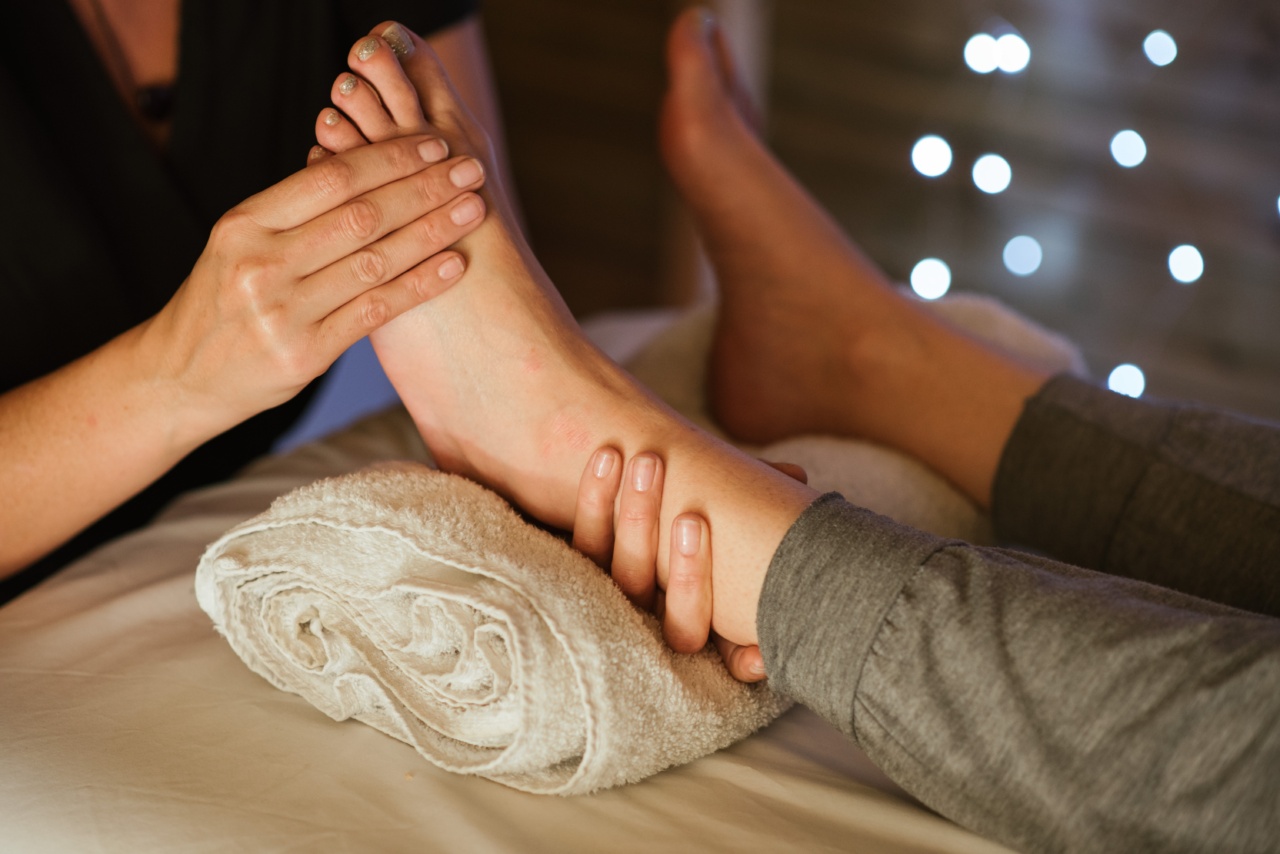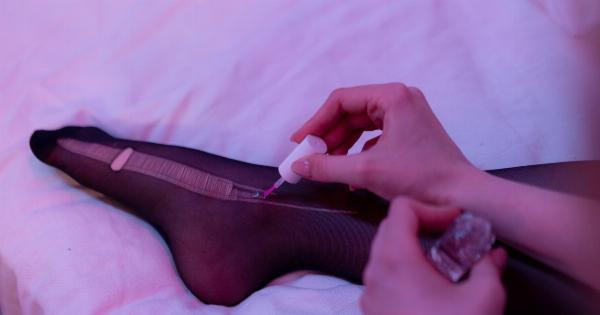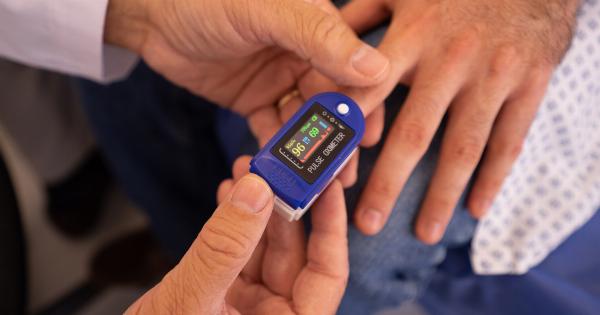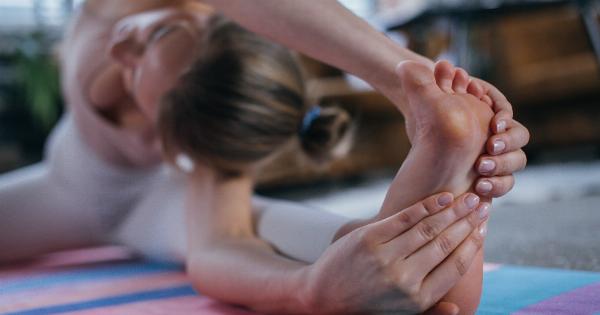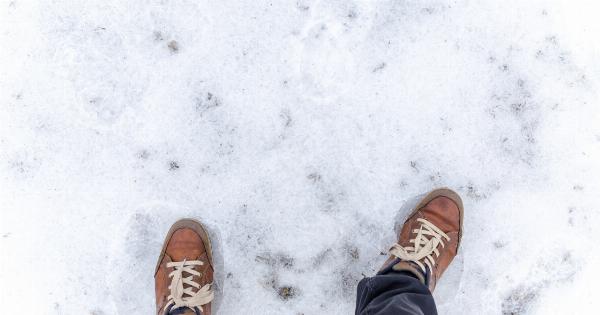Many individuals often experience cold hands and feet, and while it may seem like a minor issue, it can be quite uncomfortable and even indicative of an underlying health condition.
In this article, we will explore the various reasons for cold extremities and discuss different ways to treat and manage this condition.
1. Poor Circulation
Poor circulation is one of the most common causes of cold hands and feet. When blood flow to the extremities is compromised, it can result in decreased temperature and a tingling sensation.
Conditions such as peripheral artery disease, Raynaud’s disease, and diabetes can all contribute to poor circulation.
2. Raynaud’s Disease
Raynaud’s disease is a condition that causes the blood vessels in the fingers and toes to narrow, resulting in reduced blood flow and cold extremities.
This condition can be triggered by exposure to cold temperatures or stress, and can lead to pain, numbness, and even skin color changes.
3. Hypothyroidism
Individuals with an underactive thyroid gland, known as hypothyroidism, often experience cold hands and feet.
The thyroid gland plays a crucial role in regulating body temperature, and when its function is impaired, it can lead to a feeling of constant coldness in the extremities.
4. Anemia
Anemia is a condition characterized by a decrease in the number of red blood cells or low hemoglobin levels. When there is insufficient hemoglobin in the blood, it can impair the body’s ability to transport oxygen, leading to cold hands and feet.
5. Diabetes
Diabetes can affect the blood vessels and nerves in the extremities. Over time, high blood sugar levels can cause damage to these blood vessels and nerves, resulting in reduced blood flow and a sensation of coldness in the hands and feet.
6. Anxiety and Stress
Emotional factors such as anxiety and stress can cause the body to redirect blood flow to vital organs, leaving the hands and feet with reduced circulation and feeling cold.
Managing stress through relaxation techniques and stress-reducing activities can help alleviate this symptom.
7. Frostbite and Hypothermia
Exposure to extremely cold temperatures can result in frostbite and hypothermia. Frostbite occurs when the tissues freeze, reducing blood flow to the affected area and causing numbness and coldness.
Hypothermia is a life-threatening condition characterized by a dangerously low body temperature.
8. Peripheral Artery Disease
Peripheral artery disease (PAD) occurs when plaque accumulates in the arteries, narrowing them and restricting blood flow. This condition commonly affects the arteries in the legs and can result in cold feet, leg pain, and cramping.
9. Smoking
Smoking is known to constrict blood vessels and reduce circulation. The chemicals present in cigarettes can cause damage to the blood vessel walls, leading to poor blood flow and cold hands and feet.
10. Ways to Treat and Manage Cold Hands and Feet
While the treatment for cold hands and feet largely depends on the underlying cause, here are some general strategies that can help alleviate the symptoms:.
a. Keep warm: Wear warm socks, gloves, and shoes to protect your extremities from the cold. Layering clothing can also help retain body heat.
b. Exercise regularly: Physical activity can improve blood circulation and help warm up the body. Include cardiovascular exercises and activities that involve the use of your hands and feet.
c. Avoid triggers: If you have Raynaud’s disease, try to avoid triggers such as cold temperatures and stress. Keep your hands and feet warm by using hand warmers and heated insoles.
d. Improve your posture: Poor posture can compress blood vessels and impede proper circulation. Practice good posture to maintain healthy blood flow to your extremities.
e. Manage stress: Chronic stress can negatively impact circulation. Find effective stress-management techniques such as meditation, deep breathing exercises, or engaging in activities you enjoy.
f. Avoid smoking: Quitting smoking can significantly improve blood circulation and reduce the chances of developing peripheral artery disease.
g. Stay hydrated: Dehydration can contribute to poor circulation. Drink an adequate amount of water throughout the day to keep your body hydrated.
h. Consult a healthcare professional: If you suspect an underlying condition is causing your cold hands and feet, it is essential to seek medical advice.
A healthcare professional can diagnose the root cause and provide appropriate treatment.
